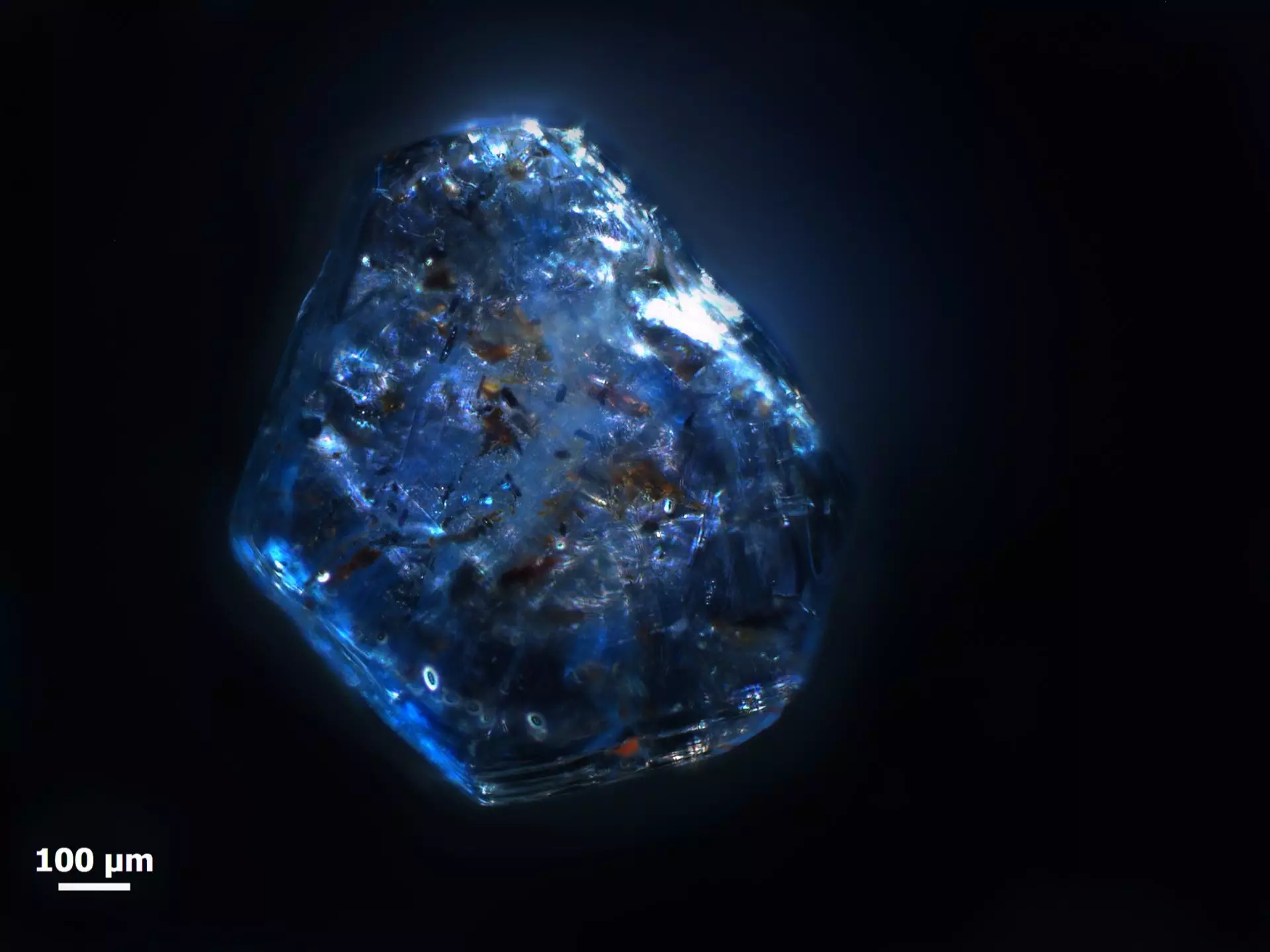Sapphires, known for their beautiful blue color, are highly valued gems that are formed mainly from aluminum oxide in volcanic environments. The process of how these precious stones are created has long been a mystery, but researchers at Heidelberg University have made significant strides in understanding the formation of sapphires in volcanic melts.
Discovery of Sapphire Formation
In a study published in the journal Contributions to Mineralogy and Petrology, geoscientists at Heidelberg University examined sapphire grains found in the Eifel region of Germany, a volcanic area rich in sodium and potassium but poor in silicon dioxide. The researchers discovered that the sapphires in the Eifel formed in association with volcanism, shedding light on the origins of these unique crystals.
One possible explanation for the presence of sapphires in volcanic deposits is that they originate from clayey sediments deep in the Earth’s crust. As magma rises to the surface, it acts as an “elevator” for the sapphire crystals, bringing them from the depths of the Earth to the surface where they can be found in volcanic rocks and river sediments.
Research Methods
To determine the age and origin of the sapphires in the Eifel region, the researchers used the uranium-lead dating method on mineral inclusions in the crystals. By analyzing the composition of oxygen isotopes, the researchers were able to trace the sapphires’ formation back to interactions with both mantle melts and subterranean rocks, highlighting the complex processes involved in sapphire crystallization.
The findings of this study have broader implications for understanding the formation of sapphires in volcanic environments worldwide. By uncovering the mechanisms by which sapphires are created in association with volcanism, researchers can gain valuable insights into the geological processes that shape our planet and produce these precious gems.
The research conducted by geoscientists at Heidelberg University highlights the intricate relationship between sapphire formation and volcanic activity. By studying sapphire grains in the Eifel region, researchers have provided new insights into the origins of these beautiful gems and the geological processes that give rise to them. This study paves the way for future research into the formation of sapphires in volcanic environments and deepens our understanding of the Earth’s crust and mantle interactions.


Leave a Reply